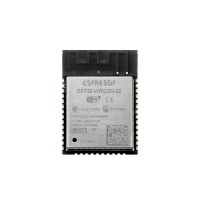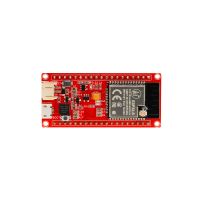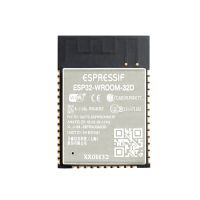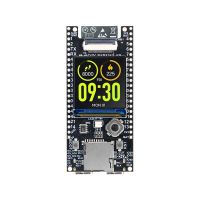Raspberry Pi Pico VS ESP32 C3? Which Microcontroller should you buy?
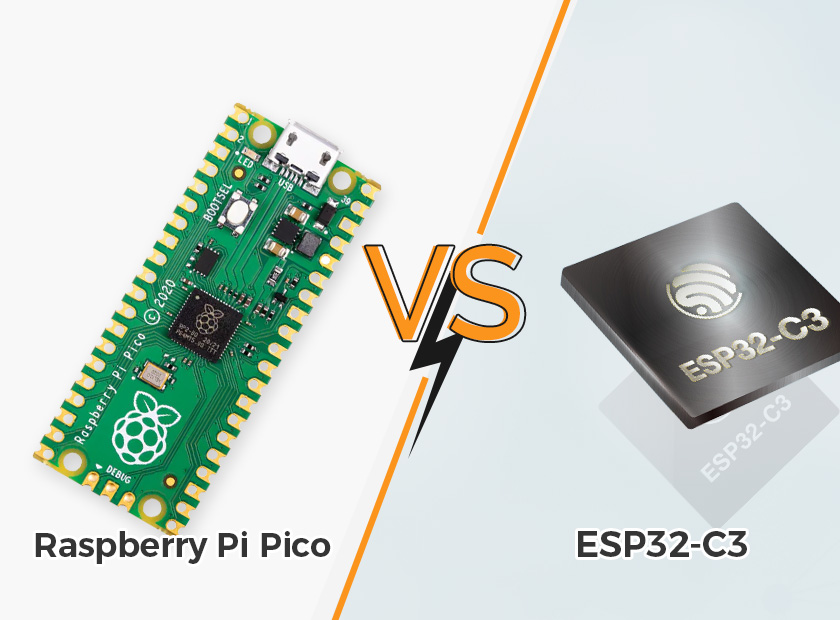
Raspberry Pi Pico VS ESP32 C3
If you are looking for a suitable microcontroller, you must have come across two options: Raspberry Pi Pico and ESP32 C3. Microcontrollers are integrated circuits that are meant to function to accomplish a task.
There are various microcontrollers to look at when you head toward market research but the two most common ones are Raspberry Pi Pico and ESP32 C3. They are both quite suitable for electronic devices; however, they do possess some differences in various ways.
Learning and understanding their differences is essential to make the appropriate decision. Here we have featured a detailed guide explaining the differences between the two kinds of microcontrollers so you can make a rational decision. Let's read below.
Raspberry Pi Pico Overview
The Raspberry Pi Foundation launched its first microcontroller named Raspberry Pi Pico, and the chip used for its foundation amounts to RP2040. The features that make it exceptional are the affordability it offers, followed by its performance and efficiency is excellent.
It comes with an AHB crossbar in the fully connected form and, with this, has an ARM cortex dual-core processor. There is a sensor for temperature and also an on-chip clock.
ESP32 C3 Overview
Espressif launched various microcontrollers before launching the ESP32 C3. There were multiple features for the previous version except for the lack of sufficient security. Whereas the ESP32 C3 was launched keeping in mind the security concern.
The ESP32 C3 addresses security concerns and offers cost-effectiveness amongst other available options. It comes with WiFi connectivity followed by Bluetooth to provide security for IoT applications.
ESP32 C3 comes with a 32-bit single-core and supports running at 160 MHz with its 400KB S-RAM.
Hardware Features Compared
Since the two microcontrollers are different, understanding these differences is also essential to assess what would be a beneficiary choice for you. In the light of hardware features when compared, the differences will comprise of the following:
Microprocessor
Raspberry Pi Pico comes with a dual-core Arm Cortex-M0+ dual-core, whereas if the microprocessor of the ESP32 C3 is taken into consideration, it amounts to be single-core RISC-V 32-bit.
RAM and Clock Frequency
The Raspberry Pi Pico offers a RAM flash memory of 264 KB, and the RAM flash memory of ESP32 C3 amounts to 400KB SRAM. The clock frequency of the two microcontrollers also differ, the Raspberry Pi Pico amounts to 133 MHz, and ESP32 C3 comes with a clock speed of 160 MHz.
Wireless Connectivity
The ESP32 C3 supports the connectivity of WiFi Baseband and WiFi MAC. In contrast, the Raspberry Pi Pico offers no WiFi connectivity, which could be one of the reasons you might not choose this microcontroller.
As far as long-range Bluetooth is concerned, in the case of ESP32 C3, Bluetooth 5 LE is offered, allowing IoT applications to be accessed securely. On the other hand, the Raspberry Pi Pico doesn't offer Bluetooth connectivity.
Supported Interface
The microcontrollers also support other interfaces, and the ESP32 C3 supports UART, GPIO, ADC, PWM, SPI, and I2C interfaces. However, in the case of Raspberry Pi Pico, the other supported interfaces comprise 2 × UART, 2 × I2C, 2 × SPI, and 16 × PWM channels.
Power Consumption
Power consumption is yet another factor that counts a lot when looking forward to investing in a microcontroller. The power consumption of the Raspberry Pi Pico amounts to 91mA.
However, in the case of ESP32 C3, there are three different options; while it is spiked with the WiFi, it consumes more than 100 mA. While it is in light sleep mode, it will consume 2mA, and for deep sleep, it consumes about 100uA.
Hence, if the power consumption is considered, the Raspberry Pi Pico microcontroller is better.
Programming Language
Programming language is imperative to consider so you can have an easy user interface. Whereas, in the case of the two options of microcontrollers in question, there is no such wide difference in the context of programming language.
These two work well with C language, C++, and even MicroPython. In fact, in the case of both options, you will also find an interpreter as well. However, if you are using ESP32 C3, you may choose to have either C++ or MicroPython in smaller projects.
When managing complex projects, you may choose the IoT framework with the ESP32 C3. As far as Raspberry Pi Pico is concerned, you can find it quite a user because of its mass storage availability via USB.
Flash Memory
The flash memory of Raspberry Pi Pico amounts to 2 MB. However, the ESP32 C3 offers up to 16 MB of flash memory. The requirement of memory where connectivity is present is also high, so in the case of ESP32 C3, the flash memory being higher than Pi Pico could be justified.
Whereas Pi Pico itself also has a justified flash memory because it neither offers Bluetooth connectivity nor it offers WiFi connectivity. Hence, the 2 MB flash memory is also sufficient in the case of this microcontroller.
Which One Should You Buy?
The primary decision is choosing the right and user-friendly option between the two choices. However, if both the microcontroller options are compared, both have pros and cons.
If you have never used any such circuit board before, you must opt for the Raspberry Pi Pico. This board is simple, easy to use, and also relatively cost-efficient. On the other hand, if you have used the board before and have been a user of the Raspberry Pi Pico, then you must keep yourself stuck to it. This is a better approach.
However, if you wish to look forward to the ESP32 C3 itself is a great option to consider. It is suitable for those who want connectivity within their circuit board. It is not as user-friendly as Pi Pico is. Hence, it is essential to understand that learning may take some time. People who are experts in using these devices might not find it very difficult to use ESP32 C3.
By now, you must be well aware of the differences between the two options, so you can, according to the nature of your project, decide which microcontroller suits you.
__________________________________________________________________________________
Btw, Raspberry Pi boards are popular and versatile tools for makers. The latest addition to the lineup, Raspberry Pi 5, is the most powerful version yet. Why not upgrade your projects with this cutting-edge device? Join our Giveaway campaign for Elecrow fans to win a brand new Raspberry Pi 5. Don't miss out! Good luck!
Elecrow Monthly RaspberryPi 5 Giveaway



